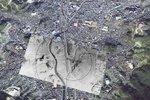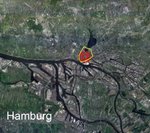syscom3
Pacific Historian
The psychological effects on being nuked would have shattered the morale of the populace.
Being bombed by conventional weapons is one thing, being bombed by nukes is another.
Being bombed by conventional weapons is one thing, being bombed by nukes is another.



